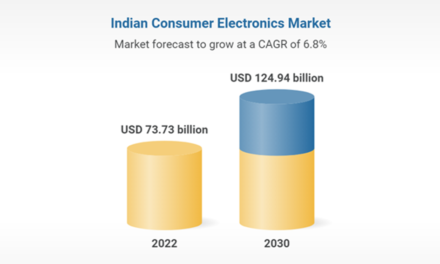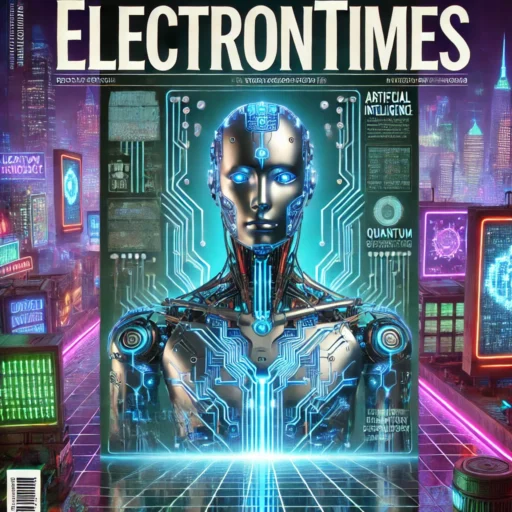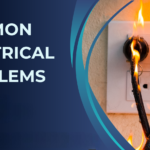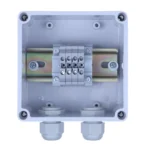Energy-efficient technologies have a profound impact on the electronics and electrical equipment industry, influencing various aspects of design, production, and consumer behavior. Here’s how they impact the industry:
1. Cost Reduction
- Lower Operational Costs: Energy-efficient technologies help manufacturers reduce energy consumption during production, leading to lower operational costs. For example, adopting energy-efficient machinery and optimizing production processes can reduce the overall energy bills of manufacturing facilities.
- Long-Term Savings for Consumers: For end-users, energy-efficient products (e.g., LED lighting, energy-saving appliances) result in lower utility bills, creating a strong incentive for consumers to adopt these technologies.
2. Environmental Benefits
- Reduced Carbon Footprint: By using less energy, energy-efficient products contribute to a lower carbon footprint, helping to reduce greenhouse gas emissions and fight climate change. This is particularly relevant in consumer electronics like smartphones, laptops, and smart appliances, where energy savings can significantly contribute to environmental goals.
- Sustainable Manufacturing: The adoption of energy-efficient technologies in manufacturing processes helps reduce the environmental impact of industrial production. This includes the use of renewable energy sources and energy-efficient machinery.
3. Compliance with Regulations
- Meeting Energy Standards: Many countries and regions have introduced stringent energy efficiency standards and regulations for products, such as the Energy Star certification and RoHS (Restriction of Hazardous Substances) directives. Companies adopting energy-efficient technologies ensure compliance with these regulations, avoiding penalties and gaining certifications that appeal to environmentally conscious consumers.
- Incentives and Tax Breaks: Governments may provide incentives, tax breaks, or grants for adopting energy-efficient technologies. This encourages companies to invest in energy-saving solutions and align with sustainability goals.
4. Innovation and Competitive Advantage
- Technological Advancements: The demand for energy-efficient products drives innovation within the industry. Companies that invest in R&D for energy-saving technologies (e.g., more efficient semiconductors, low-power processors, and energy-harvesting systems) can differentiate themselves in the market and attract environmentally-conscious consumers.
- Brand Image: Manufacturers that emphasize energy efficiency in their products often enhance their brand image, especially among eco-conscious consumers. As sustainability becomes a key purchasing criterion, energy-efficient products help companies gain a competitive advantage.
5. Consumer Demand
- Increased Consumer Preference for Green Products: As consumers become more aware of environmental issues, there is a growing demand for energy-efficient electronics and appliances. Products like smart thermostats, energy-efficient home appliances, and electric vehicles (EVs) are gaining popularity due to their environmental and cost-saving benefits.
- Consumer Behavior Shift: Many consumers are willing to pay a premium for energy-efficient products, which influences manufacturers to prioritize energy-saving features in new products.
6. Impact on Product Design
- Energy-Saving Features: The demand for energy-efficient technologies is pushing manufacturers to design products that consume less power while maintaining or enhancing performance. Examples include low-power displays, efficient batteries, and smart energy management systems in electronics and home appliances.
- Smarter Energy Usage: With the integration of AI and IoT technologies, devices can now optimize their energy usage in real-time. For example, smart home devices can turn off lights when rooms are unoccupied, or refrigerators can adjust their cooling based on usage patterns.
7. Market Expansion
- New Markets for Energy-Efficient Products: As demand for energy-efficient products grows, new market segments and opportunities emerge, particularly in industries like renewable energy and electric vehicles (EVs). Energy-efficient technologies also foster growth in industries like smart homes, where consumers seek to lower their energy consumption.
- Global Adoption: Energy-efficient products are in demand worldwide, particularly in regions with high electricity costs or environmental regulations. This opens up export opportunities for manufacturers who specialize in energy-efficient technologies.
8. Technological Convergence
- Integration with Renewable Energy: Energy-efficient technologies are often integrated with renewable energy systems. For example, smart grids, energy-efficient solar panels, and home battery storage systems help consumers use energy more efficiently while integrating clean energy sources.
- IoT and Smart Energy Management: The rise of the Internet of Things (IoT) is making it easier for consumers to manage and optimize their energy usage. Smart devices connected to a central system can monitor energy consumption and automatically adjust settings to minimize energy waste, enhancing overall efficiency.
9. Supply Chain Optimization
- Sustainable Manufacturing Practices: Companies are increasingly focusing on optimizing supply chains to reduce energy consumption across all stages of production, from raw material extraction to the finished product. This includes using energy-efficient transportation and implementing energy-saving technologies in factories.
- Supply Chain Transparency: The demand for energy-efficient technologies encourages transparency in supply chains, with manufacturers sharing information about their sustainability efforts and energy use to attract environmentally-conscious investors and customers.
Conclusion:
Energy-efficient technologies are transforming the electronics and electrical equipment industry by reducing costs, supporting sustainability goals, and driving innovation. The growing consumer demand for eco-friendly products, along with stricter environmental regulations, is prompting companies to prioritize energy efficiency in their product designs and manufacturing processes. As these technologies continue to evolve, they will play an even more crucial role in shaping the future of the industry.
Hashtags
#EnergyEfficiency #GreenTech #EcoFriendlyTech #SustainableTech #TechForSustainability #EcoInnovation #ReducedCarbonFootprint #LowCarbonTech #CarbonNeutralTech #EcoFriendlyElectronics #GreenEnergyTech #SustainableManufacturing #CleanTech #SmartandEnergySavingDevices #SmartTech #EnergySavingDevices #SmartHomeTech #EnergyEfficientDevices #SmartLighting #EnergyEfficientAppliances #EnergyEfficientManufacturingProcesses #EfficientManufacturing #SustainableManufacturing #GreenManufacturing #TechManufacturingEfficiency #EnergyEfficientProduction #EcoManufacturing #ReductioninPowerConsumption #LowPowerTech #PowerEfficiency #LowEnergyDevices #EfficientPowerConsumption #EnergySavingTech














